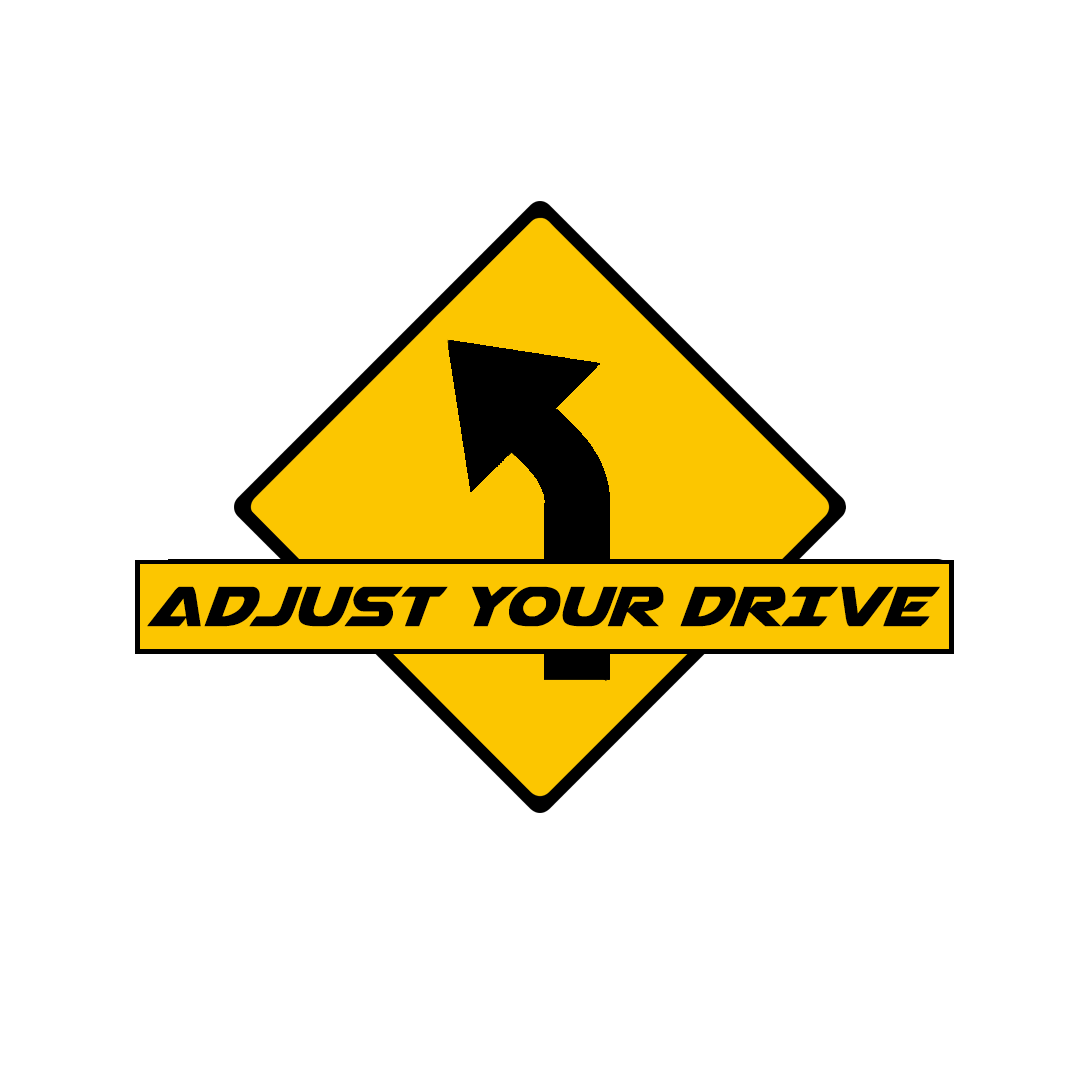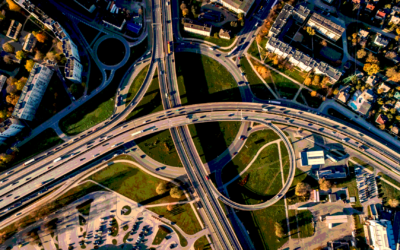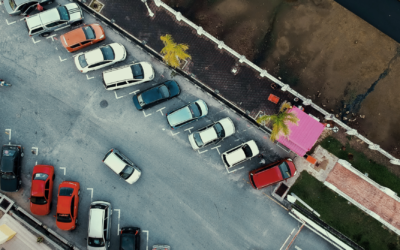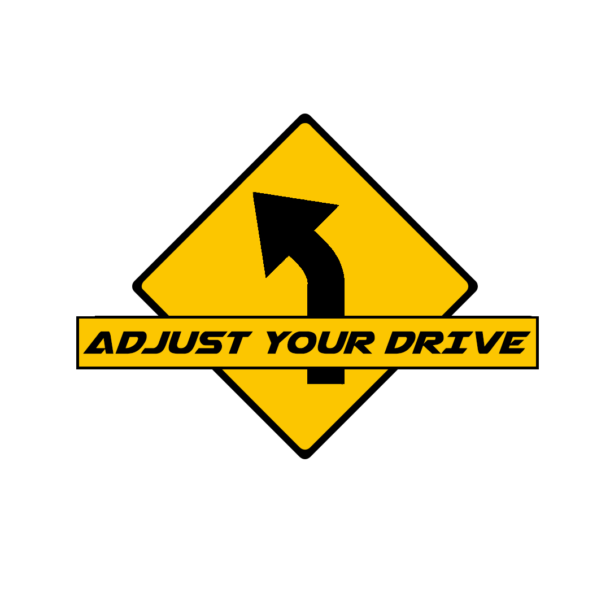The rear-end accident is one of the most common types of car accidents in the United States. According to the National Highway Traffic Safety Administration, rear-end impacts account for 32.5% of reported accidents. Which makes sense – with other types of accidents, the vehicles’ separate paths have to intersect. When you have two cars traveling on the same path, there are many points at which a rear-end collision could happen.
A rear end accident can range from a minor bump at a stop sign up to a high speed crash with serious injuries. But who is at fault?
Many people assume fault is automatic in a rear-end, but liability is not automatic, and there are always exceptions to the rule.
The General Rule
In rear end collisions, liability is often easy to determine.
The general rule is that the rear driver is at fault.
Why? Because each driver has a duty to maintain a safe distance. This duty of care means you need to leave enough room to stop in the event of an emergency.
Each state law words it a bit differently. But they all get to the same point. For example, in my home state of Oregon, the statute reads, “A person commits the offense of following too closely if the person does any of the following: (a) Drives a motor vehicle so as to follow another vehicle more closely than is reasonable and prudent, having due regard for the speed of the vehicles and the traffic upon, and condition of, the highway….”
Notice two things: First, the wording is vague enough that it applies very broadly. It does not define exactly what the correct following distance is, because that is dependent on speed, vehicles, and road conditions. Second, it specifies that the responsibility falls on the following driver to consider those speeds, vehicles, and conditions.
So, saying it was raining and the roads were slick is not an excuse for rear-ending someone.
What if the front car stops suddenly? The rear car still has to consider that possibility, and would still be at fault.
The Typical Rear-End Accident

In general, rear-end crashes start with a lead vehicle and a following vehicle traveling in the same lane. The front driver has to slow or stop for traffic. The driver of the car in the rear hasn’t left enough room to react, and hits the lead vehicle from behind.
It is also common to see rear-end impacts when the lead driver has been stopped for some time, often at a red light or a stop sign. Sometimes the driver of the vehicle behind them has also been stopped, but takes their foot off the brake. They either think they see the light change, or they lean over to grab something and their foot just comes off the pedal. Most often these are minor impacts, referred to as roll-forward accidents.
However, the rear driver can be distracted while approaching at speed, resulting in a very heavy impact. This is one of my personal fears, it’s a very scary accident with the potential for severe injuries.
Investigating a Rear-End Accident
In my years of experience working for a major insurance company, I probably handled hundreds of rear-end accidents, maybe more. When insurance companies receive a claim, they need to complete a thorough investigation to determine coverage, liability, and damages. I will discuss coverage and damages in further articles, and focus on liability here.
Insurance adjusters will typically need to get statements from both drivers involved. They will collect information such as time and location of the collision, police report, witnesses, road conditions, and damage descriptions to determine the at fault party. With a rear-end accident, the facts are usually pretty clear, and the rear driver is found to be the negligent driver unless there are extenuating circumstances.
Other Possibilities
Now, when would the rear vehicle not be at fault?

It is rare for the front vehicle to be at fault in a rear-end accident, but the situation I saw most often as an adjuster was when the front car took away the rear car’s stopping distance.
This would happen when the two cars were NOT traveling in the same lane to begin with. The rear car was not following the front car. They had no duty of care to safely follow a car that was not in front of them.
The front car would change lanes, often in heavy traffic, and immediately slam on the brakes, thus cutting off the rear vehicle. The point of impact would look like a typical rear-end accident, but the situation is completely different. The cause of this accident is actually an unsafe lane change, not an unsafe following distance.

Another accident that could masquerade as a rear-ender is a backing accident. I encountered this rarely, but it almost always happened in a messy claim with disagreements, and occasionally lies and fraud.
You see, when a backing accident happens in a parking lot, it’s expected. When a backing accident happens on a roadway, maybe at a stop light, it seems out of the blue.
I remember more than one claim where the front car claimed they were rear-ended at a stop light, but the rear car said they were safely stopped, and the front car backed into them. The biggest problem with a situation like this is, how do you prove what happened? Hopefully there is a witness, a passenger, a video, or some other way of showing what happened.
Unfortunately, without any supporting evidence, this could turn into a word vs word situation. I will go into more detail in a future post about how insurance companies handle liability disputes.
Another variation would be multi-car rear-end accidents. I will also go into detail about multi-vehicle accidents and link the post here.
Why Do Rear-End Accidents Happen?
The most common reason for a rear-end impact is a failure to maintain a safe following distance.
When we drive almost everywhere, every day, we get complacent. Things don’t usually go wrong. So we eventually stop thinking about things like, “What if the driver in front of me has to slam on their brakes?” Those thoughts so often get replaced with “I’m in a hurry,” or, “I’m late for work,” or, “I don’t want to let that Honda in, they can get in line and wait like the rest of us!” Unfortunately, complacency makes for dangerous driving.
The other major reason for rear-end collisions is distracted driving. There are so many other things that pull at our attention. Even before smart phones, there were always car radios, fast food (don’t drop that French fry), kids in the back seat, or drivers low on sleep. It’s a pervasive problem that, according to the NHTSA, claimed 3,142 lives in 2019 alone.
How To Avoid Rear-End Accidents
The first thing you can do as a driver is to leave enough space between you and the car in front of you. I cannot stress this enough: most people follow too close.
The best way to judge your following distance isn’t actually in distance at all. It’s in time. That’s because the faster you go, the more time you will need to stop. At 25 mph, you’re traveling 36 feet each second. But at 55 mph, you’re traveling 80 feet each second. The faster you go, the more distance you need to react and stop.
That’s why the best recommendations are to leave 2-3 seconds following distance in normal conditions.
Watch the car in front of you pass a sign or street marking. You should be able to count 2-3 seconds before your car passes that same mark. The higher the speed, the longer the physical distance will be. If you can’t count that long, you are probably following too closely. If the car in front of you has to stop, you are at risk of causing an accident.
You may also wonder how to avoid being rear-ended. While we cannot control the actions of the drivers behind us, we can always control our own. When you leave ample stopping distance for yourself, it reduces the chance you will need to take drastic action. And when you drive smoothly and predictably, it allows the driver behind you more time to react, thereby reducing their chances of hitting you.
The second thing you can do is to eliminate those distractions as much as possible. Put your phone out of reach. Any stereo adjustment that needs your eyes should be done while you’re stopped. Get enough sleep, and wake up early enough to leave the house ready. Reduce the temptation to finish something on the way.
And normalize these behaviors. Talk about it with your friends and family. Ask them not to answer your calls if they are driving. After all, you care more about their safety than their immediate response. Be a good role model for your kids. They will learn driving behaviors from you long before drivers ed.
What to Expect If You Are In a Rear-End Accident

At-Fault Driver
If you are the at fault party in a rear end collision, you will need to talk to your insurance company to have it covered. They will open a liability claim to handle the damages for the other party, up to your policy limits. If you have collision coverage for your vehicle, they will be able to handle the cost of repairs, minus your deductible. If your car is a total loss, they pay the cash value of your vehicle, minus your deductible. And if you have rental coverage, they will set you up with a rental according to your coverage amount, up to the policy limits.
If you are injured while at fault, you will be able to use whatever first-party coverages you have available. Depending on your state, this can include Personal Injury Protection (PIP), or Medical Payments Coverage (MedPay). If you do not have medical coverage through your car insurance, then you will need to use whatever health insurance you have available.
Not-At-Fault Driver
If you have been rear-ended, in most states you will have the option of using your insurance or the at-fault insurance company to handle your vehicle damage. If you go through your own insurance company, you use whatever collision and rental coverages you have available. You will be responsible for your collision deductible. However, some insurance companies have the option of covering your deductible if the other company has accepted liability. Be sure to check with your company about their options.
Your insurance company will cover your damages, then pursue the at-fault company in a process known as subrogation. The at-fault party’s insurance owes for the damage they caused, so they will need to pay your insurance company back, including any deductible.
You would also have the option of pursuing your rear-end collision claim directly with the at-fault insurance carrier. You are owed fair compensation for your property damage, which would typically include payment for repairs, payment for the value of your vehicle in the event of a total loss, a rental car covered for a reasonable period of time, and potential reimbursement for any other items damaged in the collision.
Injury Claims
If you have been injured by a rear end accident, you first need to think about getting proper medical care. Get checked out, and follow your doctor’s medical advice regarding treatment. Your bills will initially be covered by your first party coverage. Depending on your state, this can include Personal Injury Protection (PIP), of Medical Payments Coverage (MedPay). If you do not have medical coverage through your car insurance, then you will need to use whatever health insurance you have available.
Separate from the normal coverage for your medical bills, you will have a bodily injury liability claim with the at-fault company. Fair compensation for your injuries typically includes both economic and non-economic damages .
Economic damages are the solid numbers. This can include the medical expenses and prescription drug costs, as well as lost wages due to your injuries.
Non-economic damages are intangible items. This is most often referred to as general damages, or pain and suffering. Typical amounts for general damages vary widely depending on the details of your case, including the diagnosed injuries, treatment provided, impact on your personal life, venue (the location of your case), and many other potential items. Each injury case is as unique as the person who was hurt.
Injury liability claims are always paid in the form of a settlement, which is a one time payment inclusive of all items related to your injuries. You will typically need to sign a release before any payment is made. Part of the payment will likely go to your insurance company or companies to cover your medical bills, or to any providers with outstanding bills.
As a former adjuster, I cannot and do not give legal advice. An injury settlement is an agreement between you and the at-fault insurance company. Those two parties are the only ones who can finalize an agreed settlement amount.
However, if you feel you need legal advice, or just to review your legal options, do feel free to contact a personal injury lawyer in your local area. An experienced lawyer will be able to give you more detailed information about the specific laws and processes in your state, as well as a feel for the value of your personal injury claim. Many law firms that handle car accident cases offer a free consultation. In my personal opinion, many cases can be fairly and easily handled without legal representation, but you always have the right to get legal advice.






0 Comments